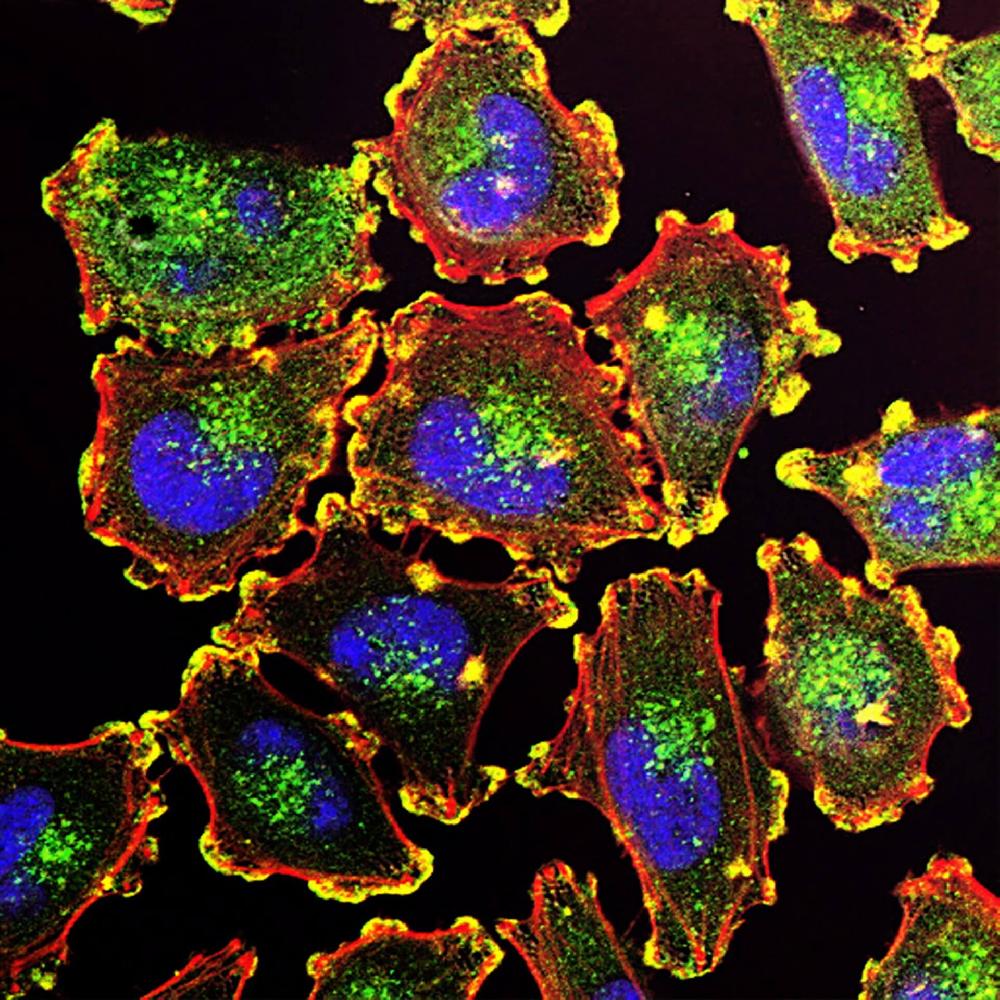This website uses cookies to ensure you get the best experience on our website.
- Table of Contents

Facts about WAS/WASL-interacting protein family member 1.

May participate in regulating the subcellular localization of WASL, leading to the disassembly of stress fibers in favor of filopodia formation. Plays a role in the formation of mobile ruffles (By similarity).
| Human | |
|---|---|
| Gene Name: | WIPF1 |
| Uniprot: | O43516 |
| Entrez: | 7456 |

| Belongs to: |
|---|
| verprolin family |

WAS/WASL interacting protein family, member 1; WAS/WASL-interacting protein family member 1; WASP-interacting protein; WASPIP; WIPMGC111041; WiskProtein PRPL-2; WiskPRPL-2
Mass (kDA):
51.258 kDA

| Human | |
|---|---|
| Location: | 2q31.1 |
| Sequence: | 2; NC_000002.12 (174559574..174682913, complement) |
Highly expressed in peripheral blood mononuclear cells, spleen, placenta, small intestine, colon and thymus. Lower expression in ovary, heart, brain, lung, liver, skeletal muscle, kidney, pancreas, prostate and testis.
Cytoplasmic vesicle. Cytoplasm, cytoskeleton. Cell projection, ruffle. Vesicle surfaces and along actin tails. Colocalizes with actin stress fibers. When coexpressed with WASL, no longer associated with actin filaments but accumulated in perinuclear and cortical areas like WASL (By similarity).





PMID: 9405671 by Ramesh N., et al. WIP, a protein associated with Wiskott-Aldrich syndrome protein, induces actin polymerization and redistribution in lymphoid cells.
PMID: 10202051 by Stewart D.M., et al. Mutations that cause the Wiskott-Aldrich syndrome impair the interaction of Wiskott-Aldrich syndrome protein (WASP) with WASP interacting protein.